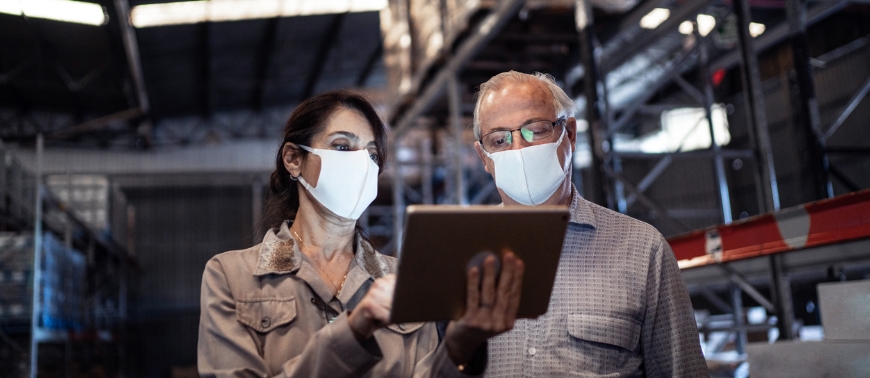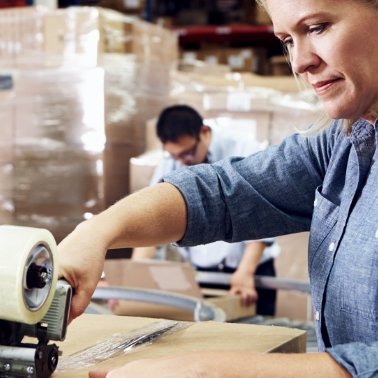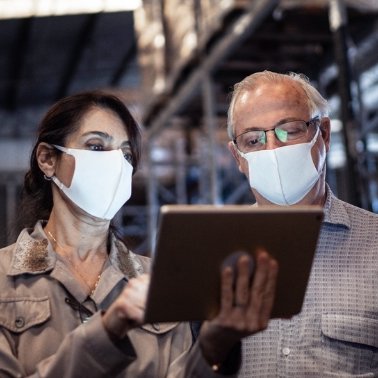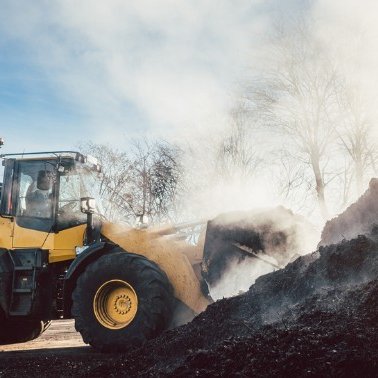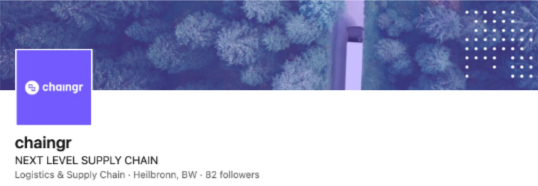A shipping accident, a virus and the whole thing is in chaos. There are plenty of current examples of supply bottlenecks. In our blog post, we explain the causes and consequences of bottlenecks and show how smart technologies could help.
They are making themselves felt everywhere: Worldwide shortages of goods and raw materials are slowing down industry and trade in the long term. First came the Corona pandemic, and with it limited production capacity. Delays in supply chains did the rest: Events such as global flood disasters, the aftermath of a winter storm in the USA or fires in Japanese semiconductor factories are just a few examples that illustrate how dependent we really are on the globally functioning economic cycle. This makes it even more important to arm ourselves against this in the best possible way and to protect our supply chains.
Causes of the current supply bottlenecks
Whether for medicines, building materials or in the automotive industry – the effects of the worldwide supply bottlenecks are omnipresent. Everywhere in Europe, deliveries are delayed. The problem: The container ports are overloaded. There are too many container ships on the one hand, too little capacity on the other. This means that too many container ships are waiting to be handled at the same time. In Rotterdam, a ship currently waits between 24 and 163 hours before it can unload its goods. The world's largest economic power is also struggling with delivery bottlenecks: The two largest ports in the USA, Long Beach and Los Angeles, are in constant operation.
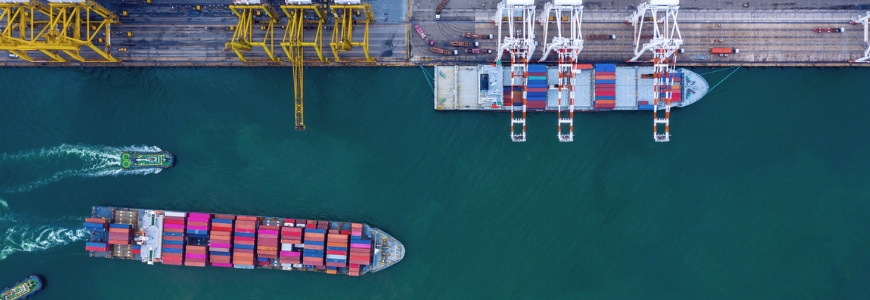
But what underlies the congestion and delays? The Corona standstill is seen as the main reason. Already during the first Corona wave – and the production stop in China – many shipping companies downsized their fleets. When production started again, there was no longer enough capacity. The accident of the "Ever Given" in the Suez Canal at the beginning of the year further disrupted global shipping supply chains. More than 400 ships were stuck because of the stranded container ship at the time. The backlog of delayed container ships is now becoming a problem.
The shortage of skilled workers in the freight forwarding industry is also exacerbating the situation. High work pressure, low wages, long waiting times and being away from home are reasons why professions such as shipmaster, port worker or truck driver are no longer nearly as attractive as they were 20 years ago.
Supply bottlenecks: impact on trade and consumers
The result of supply bottlenecks is overcrowded ports that struggle to keep up with the rush. Business is slow – and this causes prices and waiting times to skyrocket.
Consumers are already feeling the supply bottlenecks: long waiting times for spare parts, for new purchases such as washing machines or bicycles, electronics such as mobile phones and game consoles, paper, wood & metals are forcing customers to be patient. The high demand for consumer goods is also driving up prices. As a result, the Christmas industry will also be affected. Here it is important to order early.
How we avoid supply bottlenecks with chaingr
The current situation is, of course, an exceptional one. But what options are there for companies to best master – and best of all proactively eliminate – a wide variety of obstacles that can arise within a supply chain?
This is where chaingr comes in. chaingr is a cloud-based monitoring system from tempmate that helps companies realize the full potential of their resources and optimize supply chains. Perfectly aligned with an established process, it takes supply chains to a new level: Sensors, base device and cloud monitor the goods in real time and detect any deviation in temperature and humidity as well as other influencing factors and point out direct solutions. For supply chain management, this means: the greatest possible control and transparency as well as direct intervention.
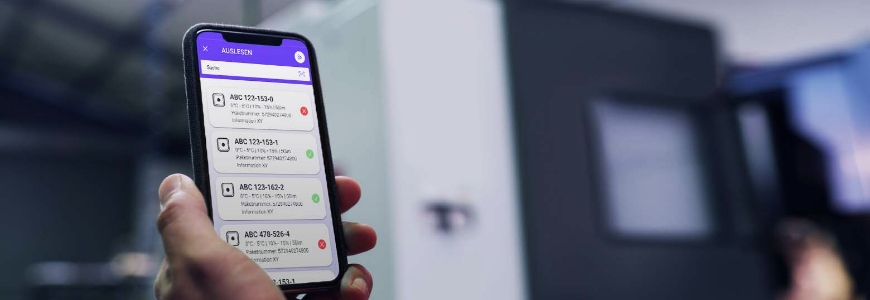
Supply chains and logistical networks are becoming increasingly complex, and thus unfortunately also more fragile. The current situation has shown this impressively.
We think it is time to protect goods and values in the best possible way – with chaingr!
